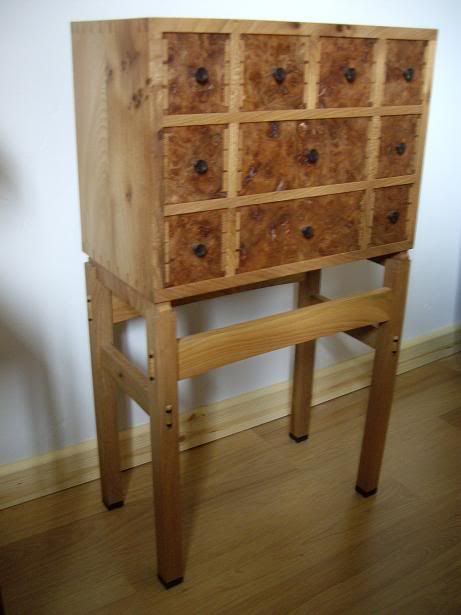Frank Drew
Established Member
A number of years ago now, vacuum drying of timber was being touted as the wave of the future; I haven't heard a thing about it since then I'm not sure what the current state of play is with it nowadays.
Lately, there's a bit of excitement about microwave drying; very high startup costs for the equipment, balanced by very quick turnaround times coupled with good results and fewer of the flaws associated with conventional kiln drying.
May prove a flash in the pan, or may actually turn out to be a viable technique, and one with potentially significant energy savings.
We'll see.
Lately, there's a bit of excitement about microwave drying; very high startup costs for the equipment, balanced by very quick turnaround times coupled with good results and fewer of the flaws associated with conventional kiln drying.
May prove a flash in the pan, or may actually turn out to be a viable technique, and one with potentially significant energy savings.
We'll see.


































